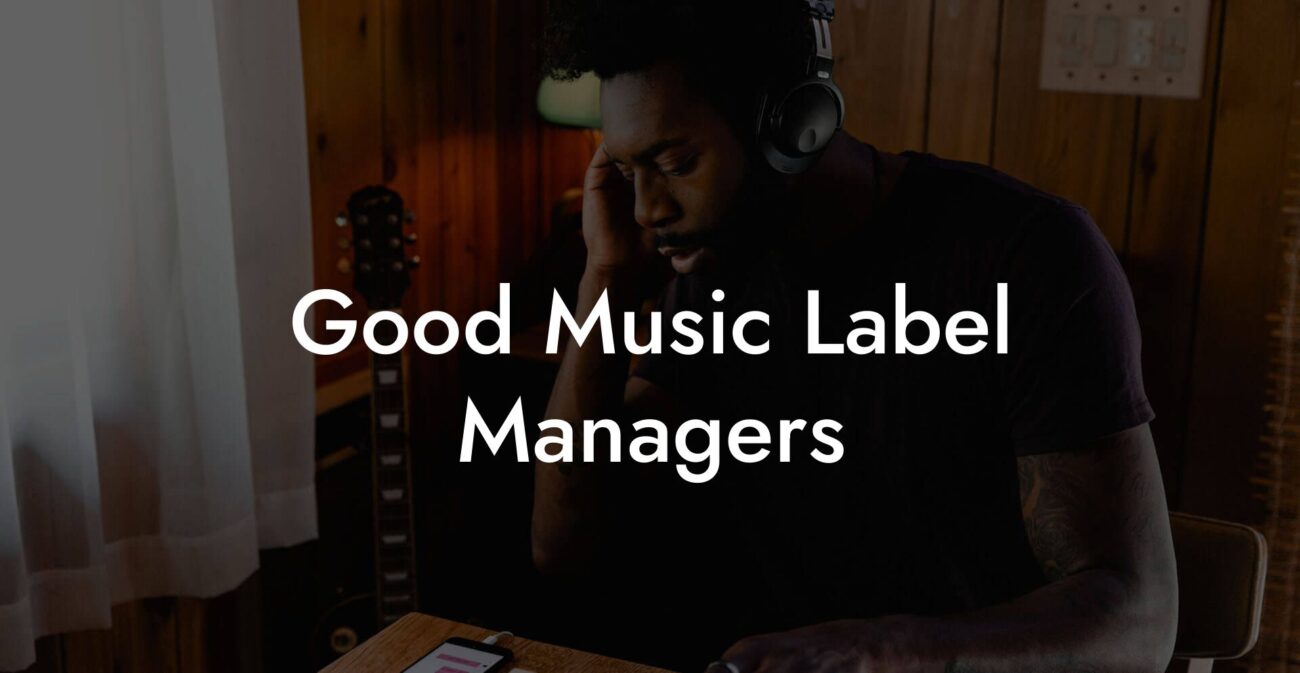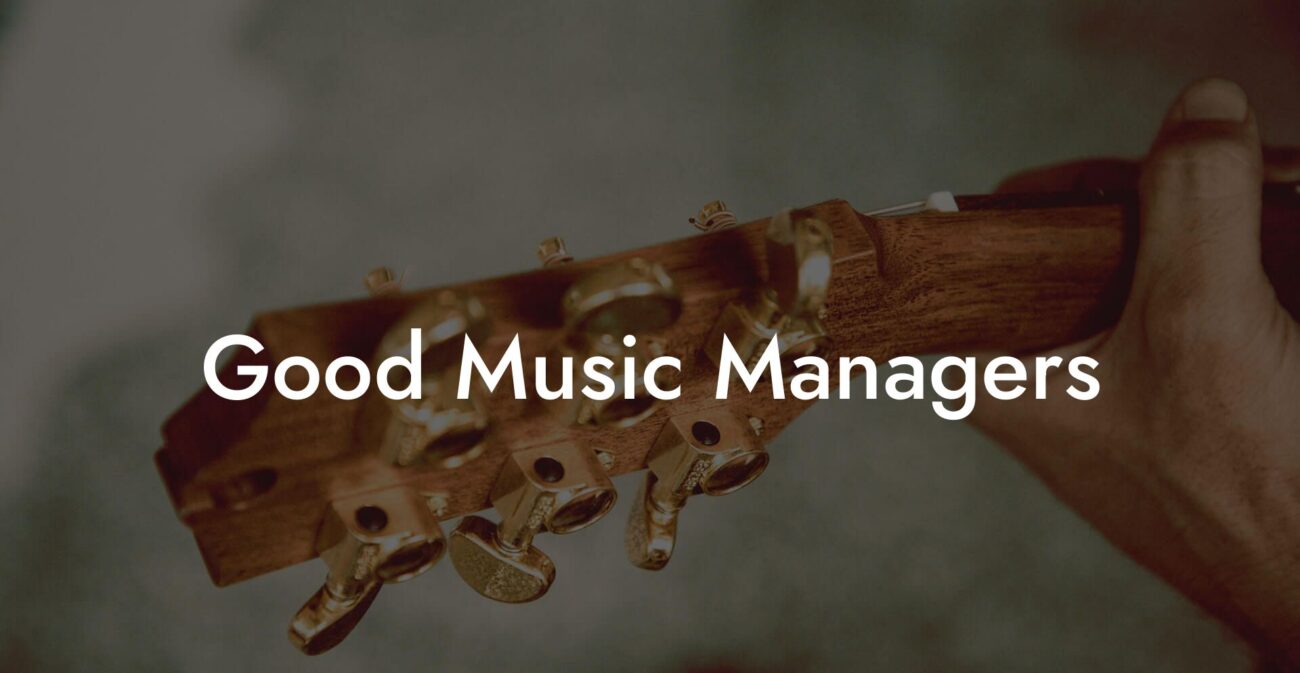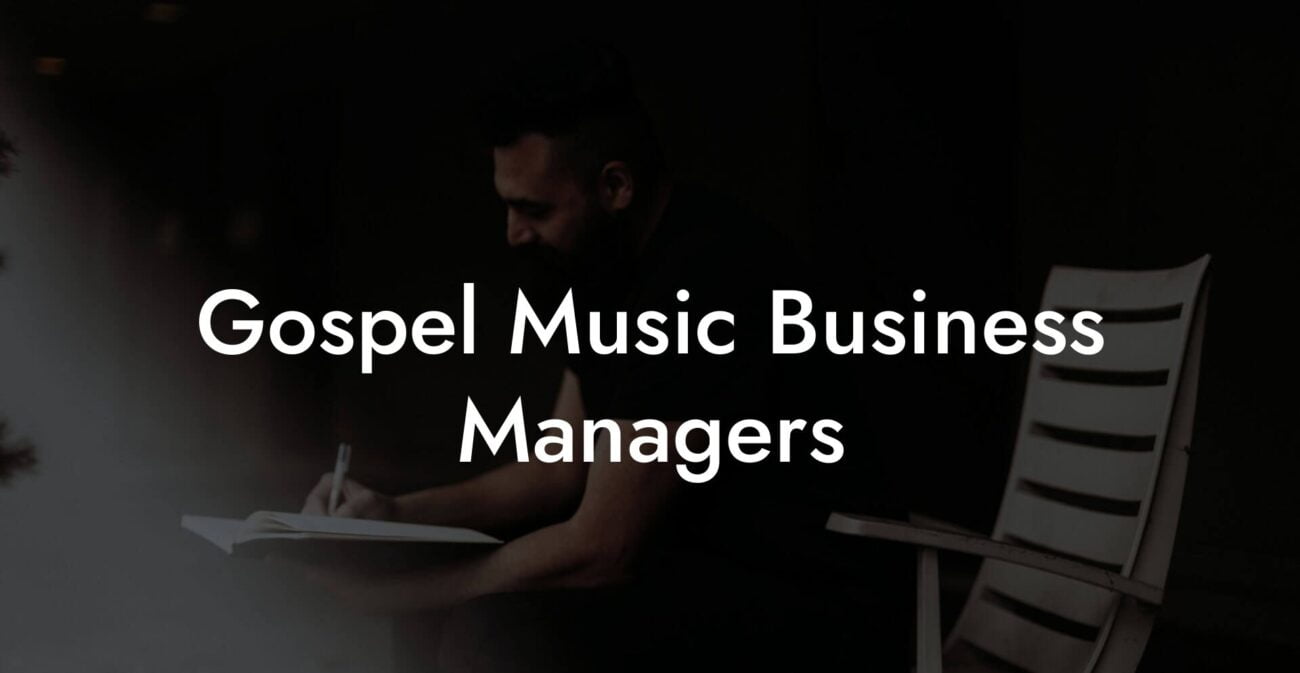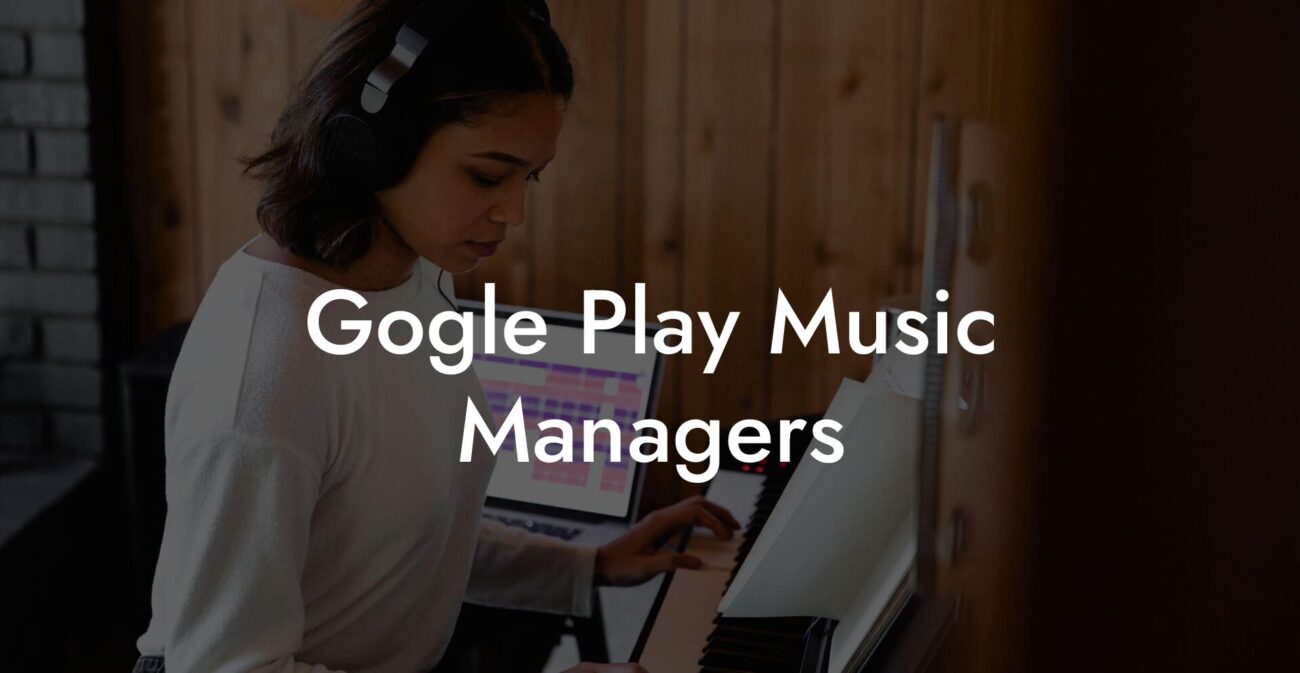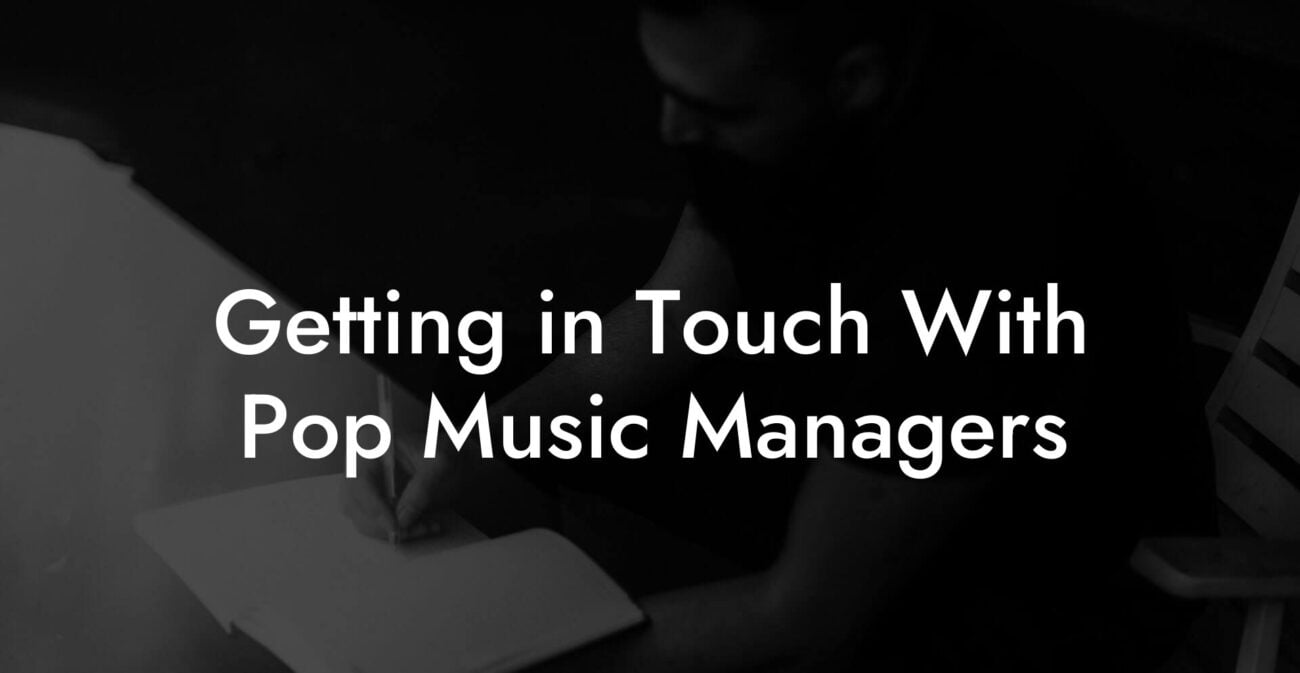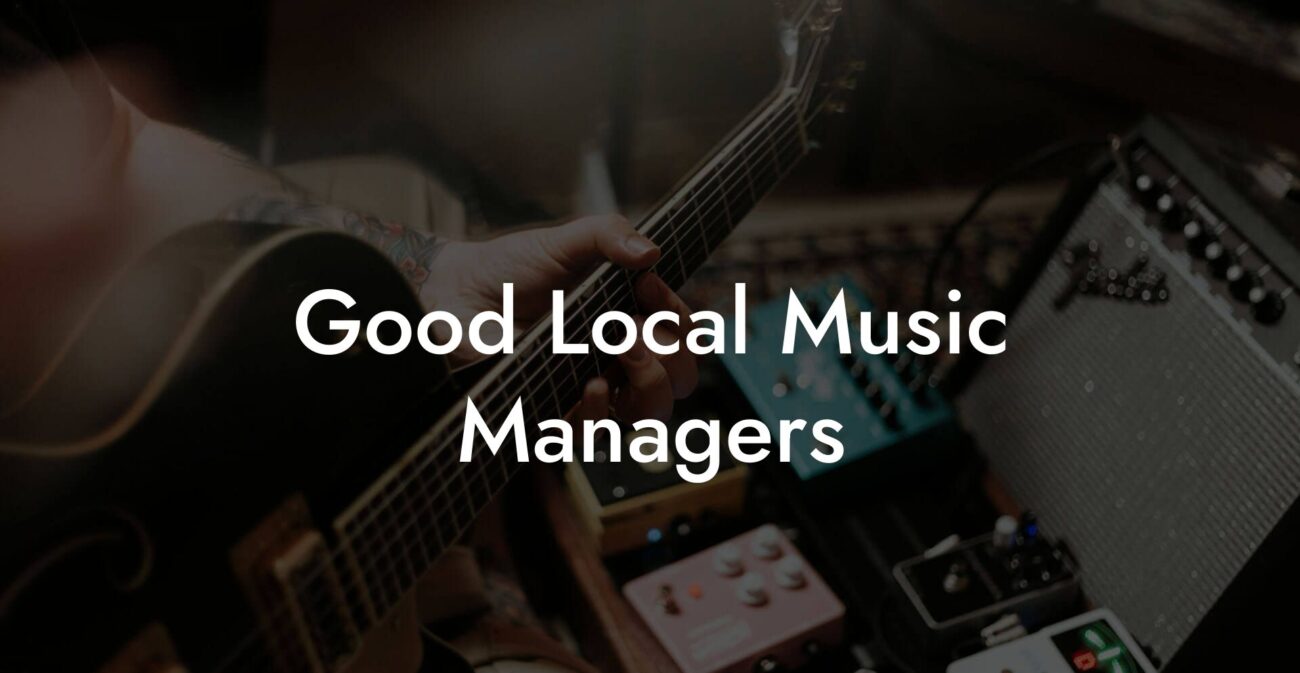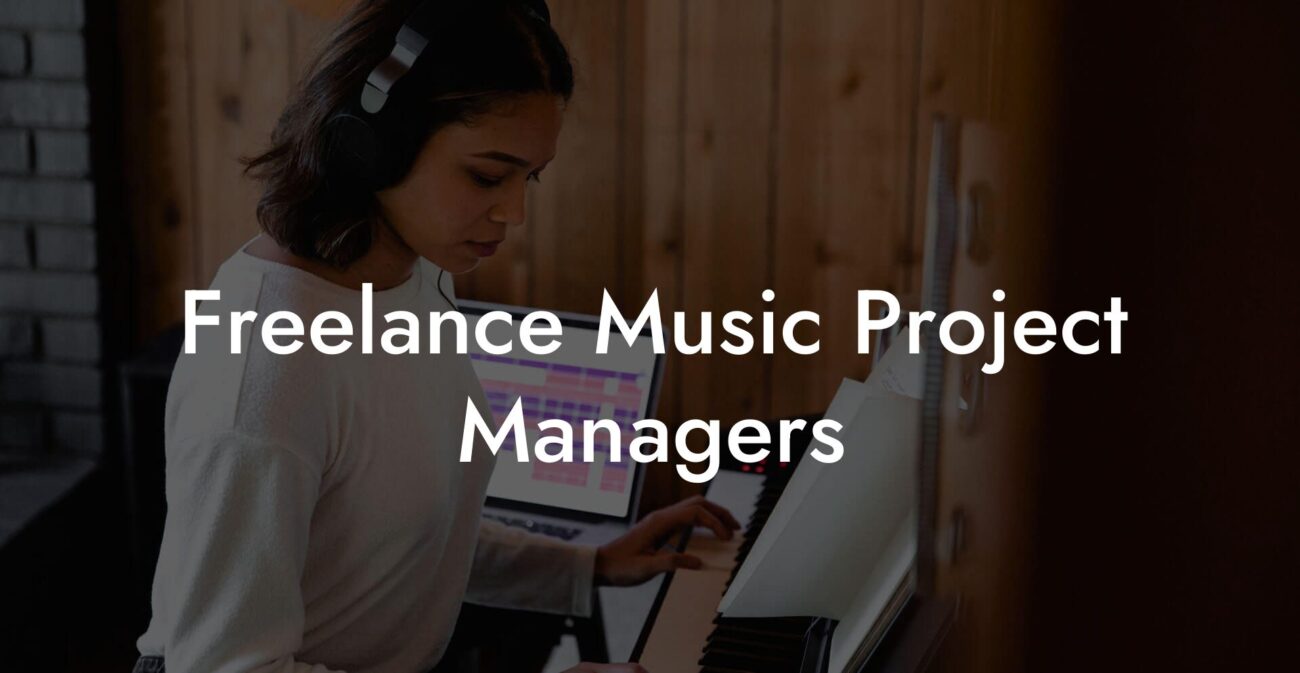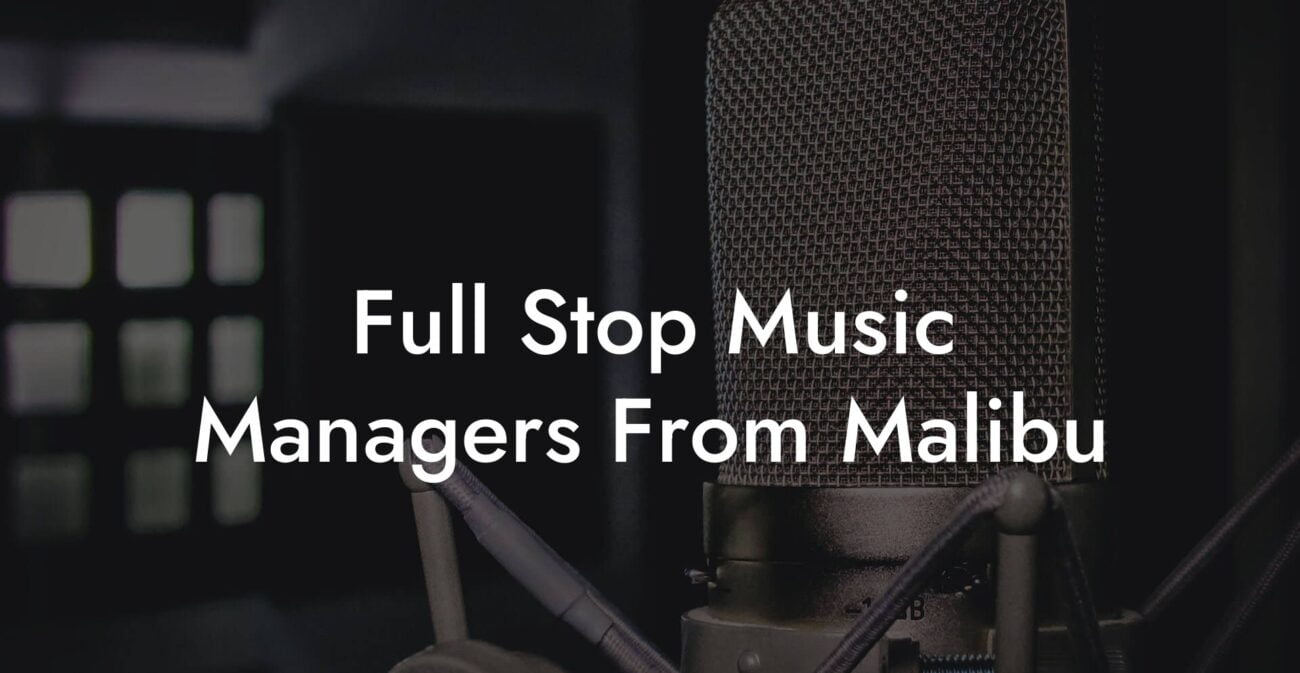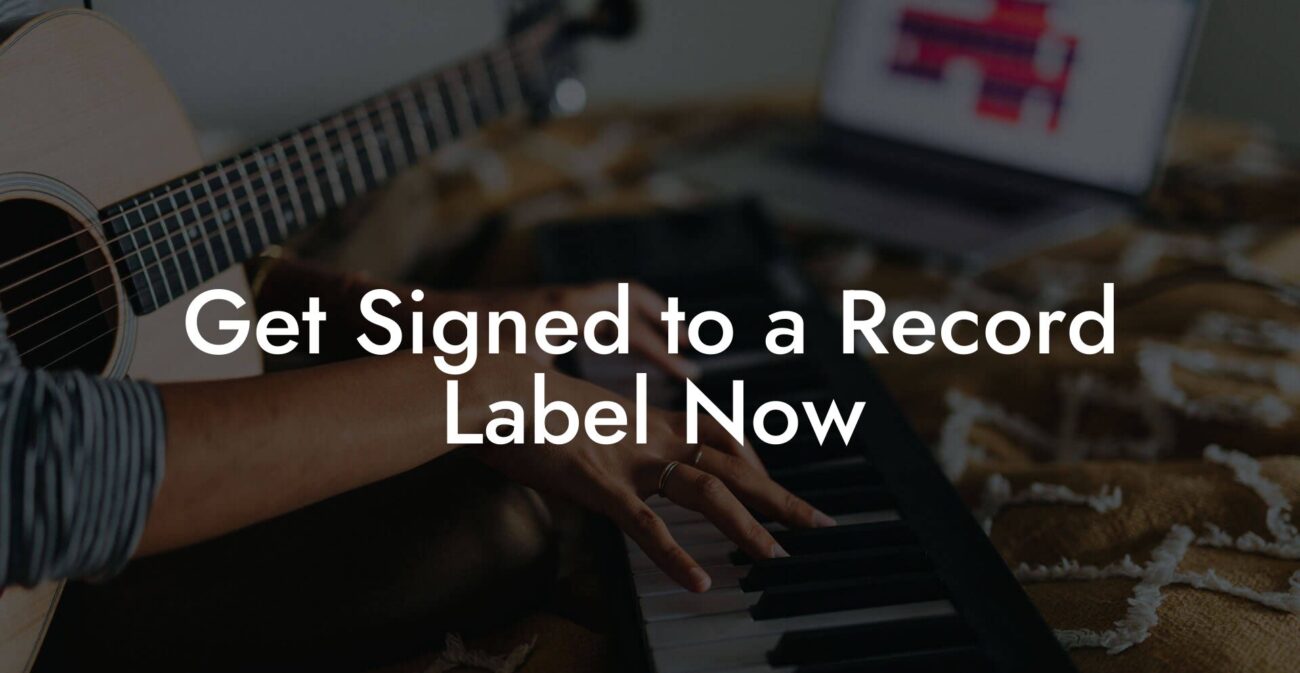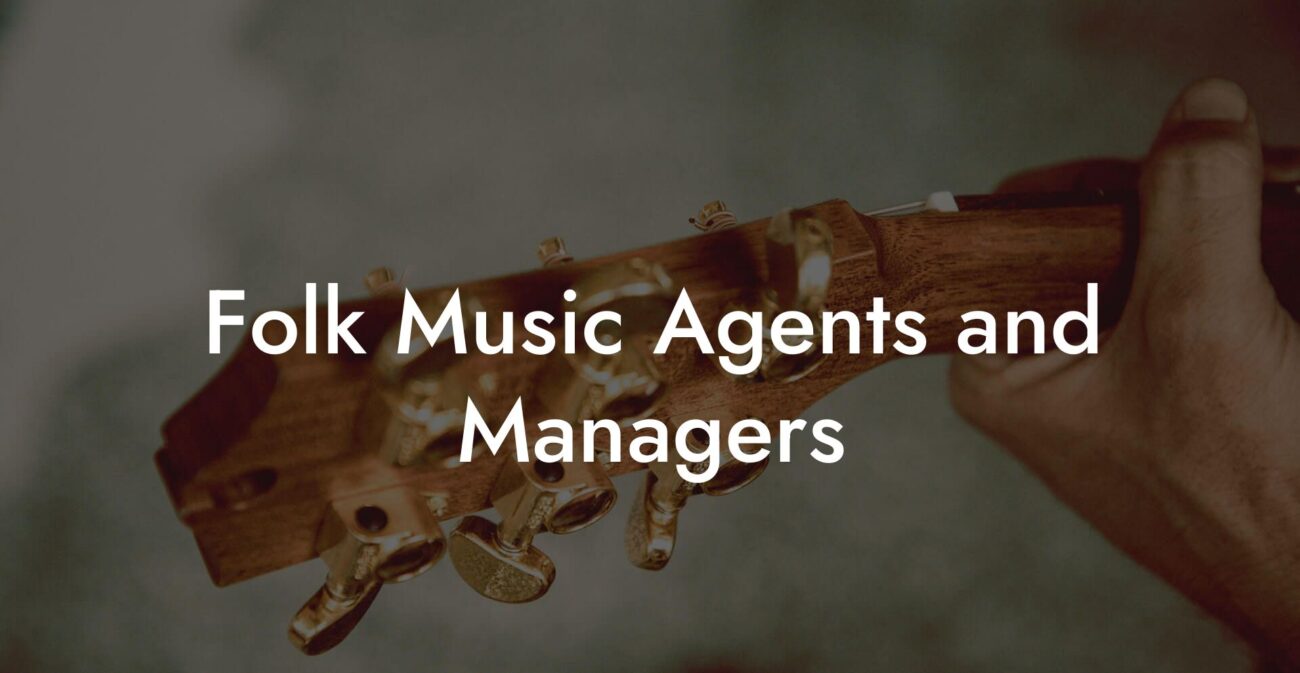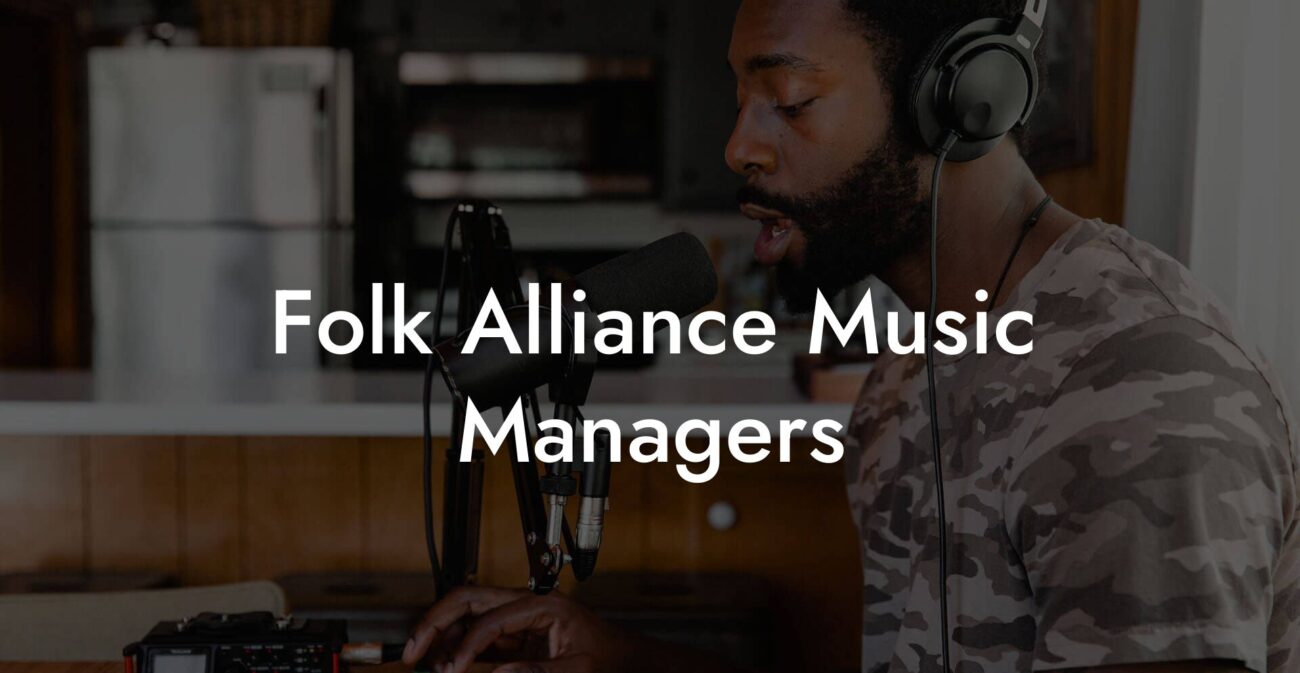Songwriting Advice
Write Lyrics

Ever sat down with a fresh cup of coffee, a notebook full of scribbles, and that unstoppable urge to create something epic? Welcome to the world of writing lyrics—a journey as unpredictable as your favorite playlist and as soulful as your go-to feel-good jam. Whether you’re a bedroom songwriter, a shower superstar, or somewhere cozy in between, this guide is your golden ticket to turning those thoughts into verses, choruses, and lines that hit you right in the feels. Let’s dive into the art of lyric writing, where every metaphor is a mini adventure and every beat is a chance to channel your inner wordsmith.
Looking to write your next song? Transform your creative ideas into songs that people will love, and skyrocket your music career with Lyric Assistant. The perfect songwriting assistant. Find out more →
Quick Links to Useful Sections
- The Art and Science of Writing Lyrics
- Understanding Your Muse: Inspiration and Identity
- Your Toolkit: Essential Elements of Great Lyrics
- Step-by-Step: How to Write Lyrics That Stick
- Step 1: Set the Scene
- Step 2: Brainstorm and Freewrite
- Step 3: Choose Your Theme and Structure
- Step 4: Craft a Killer Opening
- Step 5: Develop Your Verses
- Step 6: Hook ‘Em With the Chorus
- Step 7: Add a Bridge for Contrast
- Step 8: Edit, Refine, and Rehearse
- Overcoming Writer’s Block: When the Muse Takes a Coffee Break
- Break the Routine
- Set a Timer and Write Without Stopping
- Listen to a Playlist of Your Life
- Take a Creative Breather
- Unlocking Your Creativity with Lyric Assistant
- The Power of Language: Storytelling, Emotion, and Impact
- Infusing Modern Trends While Staying True to Yourself
- Tech-Forward Techniques: Elevate Your Lyric Writing Process
- Words, Beats, and Beyond: Integrating Music and Lyrics
- Resources and Community Support: Your Next Steps
- Online Communities and Forums
- Workshops and Webinars
- Books, Podcasts, and Blogs
- Local Music Scenes and Open Mic Nights
- Tapping into the Digital Age: How Lyric Assistant Amplifies Creativity
- Mixing Humor with Heart: Tips to Keep Your Lyrics Real
- Building a Sustainable Creative Practice
- Make Time for Creativity
- Keep a Daily Journal
- Experiment Fearlessly
- Collaborate with Others
- Frequently Asked Questions About Writing Lyrics
- Your Journey to Writing Lyrics That Resonate
The Art and Science of Writing Lyrics
Writing lyrics is more than just putting words to a beat—it’s about capturing emotions, painting picture-perfect scenarios with language, and creating a soundscape that resonates with others. Just like mixing tricky ingredients for that perfect avocado toast, lyric writing demands a unique blend of creativity, technique, and a pinch of spontaneity. It’s a craft where every syllable counts, every rhyme connects, and every pause is packed with meaning.
For centuries, songwriters have spun tales of love, struggle, triumph, loss, and everything in between. Today, in an era where our cultural language is shaped by memes, digital art, and TikTok trends, lyricists have endless inspiration at their fingertips. Yes, the digital age has transformed lyric writing into an accessible art form with new challenges and boundless possibilities.
What makes a lyric compelling? It’s not just clever wordplay or a sick rhyme scheme. It’s the way the words convey emotion, build imagery, and connect with listeners on a deep, almost primal level. Whether you’re trying to drop cryptic metaphors that leave your audience pondering for days or simply narrate a raw personal story, every approach has its own magic.
Understanding Your Muse: Inspiration and Identity
Inspiration in lyric writing often comes when you least expect it—from that fleeting emotion while watching a sunrise, a quirky conversation with a friend, or even a random internet scroll. True lyricists know that your muse doesn’t knock on the door at 9 AM sharp; she sneaks in quietly, sometimes disguised as a stray thought or a catchy phrase.
Write Lyrics Like a Professional Songwriter
The ultimate songwriting tool that takes your creative vision to the next level! With just a few clicks, you can unleash your inner songwriter and craft a hit that's uniquely yours. Your song. You own it.
Knowing who you are as an artist is key. Are you the rebel poet who loves to challenge the norm? Or perhaps you’re the introspective storyteller who dives deep into personal experiences and raw emotions. Identifying your unique voice will guide you and set your lyrical style apart. Embrace your quirks—after all, the most memorable songs are often the ones that break the mold.
In today’s creative arena, authenticity is your greatest asset. Listeners crave artists who are both real and relatable. The bolder and more sincere your message, the more it resonates in a world overflowing with recycled clichés. So, dig deep, trust your instincts, and let your lyrical identity shine brighter than a neon sign.
Your Toolkit: Essential Elements of Great Lyrics
Much like a chef’s secret pantry, every songwriter needs a set of core ingredients to cook up those perfect lyrics. Let’s break down some of the essentials that can help you craft unforgettable verses:
- Theme and Message: Begin by pondering what you want to say. Is it a love ballad, a protest anthem, or a reflective piece on life’s highs and lows?
- Storytelling and Imagery: Use powerful images to move your audience. Vivid descriptions and metaphors can bring your lyrics to life, immersing listeners in the narrative.
- Rhythm and Flow: The cadence of your lyrics is just as important as the words. Experiment with different rhythmic patterns and beats to match your melody.
- Structure and Hook: A catchy hook can make or break a song. Structures like verse-chorus-verse give your song a familiar, comforting feel while keeping things fresh with dynamic transitions.
- Wordplay and Rhyme: Embrace clever wordplay, internal rhymes, and unexpected twists. But remember, quality over quantity—don’t force a rhyme that feels out of place.
- Emotional Authenticity: Dive into your feelings. The most powerful lyrics are those that capture raw human emotion and invite listeners to connect on a personal level.
Think of these elements as your creative toolbox—each one plays a role in building lyrics that are as vibrant and dynamic as you are.
Step-by-Step: How to Write Lyrics That Stick
Ready to start scribbling some magic? Here’s a down-to-earth, step-by-step approach to writing lyrics that pack a punch:
Step 1: Set the Scene
Choose a spot that fuels your creativity—a cozy corner of your room, a bustling cafe, or a quiet park. The environment can greatly influence your vibe, so go for a setting that matches the energy of what you want to express.
Step 2: Brainstorm and Freewrite
Dump all your thoughts onto paper or your digital note-taking app. Don’t worry about structure or rhyme schemes yet; let your ideas flow freely. Freewriting can uncover hidden gems and phrases that capture your mood most authentically.
Step 3: Choose Your Theme and Structure
Now that you’ve got a pool of ideas, decide on a central theme for your song. Will it be a reflective piece on heartbreak, a fierce declaration of independence, or a celebratory anthem? Once you have your theme, sketch out a rough structure. A typical structure might include an intro, verses, a chorus, and a bridge—each section carrying its own weight and purpose.
Step 4: Craft a Killer Opening
The first line of your song should grab your listener’s attention like a plot twist in a binge-worthy TV show. Start with a bold image, a provocative question, or an arresting statement that sets the tone for the rest of the song.
Step 5: Develop Your Verses
Verses are where your story unfolds. Use them to build context, deepen your narrative, and enrich the emotional landscape of your song. Mix short, punchy lines with longer, more contemplative phrases to create a dynamic rhythm.
Step 6: Hook ‘Em With the Chorus
The chorus is the emotional anchor of your song. It should be memorable, repeatable, and encapsulate the song’s core message. Think of it as the musical equivalent of that phrase you can’t stop humming all day.
Step 7: Add a Bridge for Contrast
A bridge provides a refreshing twist—an unexpected detour in your lyrical journey that offers a new perspective or a sudden emotional shift. Use this space to experiment with different rhythms, chords, or viewpoints.
Step 8: Edit, Refine, and Rehearse
Once you’ve laid down your initial draft, take a step back. Read your lyrics out loud, tweak the lines, and refine the flow until everything feels as smooth as your favorite rap verse. Don’t be afraid to discard anything that doesn’t serve your message—even if it was your first spark of inspiration.
This step-by-step method might seem intense, but remember: every great lyricist was once a beginner scribbling away in a notebook. Keep at it, and your unique voice will find its way into every line.
Overcoming Writer’s Block: When the Muse Takes a Coffee Break
Let’s be real—every creative journey has its hitch, often dubbed as writer’s block. One minute you’re on fire, and the next you’re staring at an empty page like it’s a riddle wrapped in an enigma. But fear not! Here are some down-to-earth strategies to kick writer’s block to the curb:
Break the Routine
Sometimes, the best way to reignite your creativity is to shake up your everyday routine. Try writing in a new location, switching up your creative medium, or even collaborating with fellow lyricists who can offer fresh perspectives.
Set a Timer and Write Without Stopping
Use techniques like the “Pomodoro Technique” where you write nonstop for short, dedicated bursts. Even if your ideas seem scattered, the act of writing can clear the mental clutter and pave the way for new insights.
Listen to a Playlist of Your Life
Music is both a mirror and a muse. Create a playlist that reflects your current mood or the vibe you want to achieve in your song. Let those beats influence your rhythm and spark ideas in unexpected ways.
Take a Creative Breather
Not every moment has to be about getting words on paper. Step away, take a brisk walk, or have a heart-to-heart with a friend. Sometimes, the best verses come when you’re busy living life rather than obsessing over perfection.
Remember, writer’s block is not a sign of failure—it’s a natural hiccup on your creative journey. Give yourself the space to breathe, and your muse will be back in no time.
Unlocking Your Creativity with Lyric Assistant
Meet your new creative co-pilot: Lyric Assistant. Imagine having a tool that not only sparks inspiration but also helps you structure your ideas into polished lyrics. Whether you’re stuck staring at a blank screen or simply looking to refine your first draft, Lyric Assistant is designed to help musicians effortlessly write lyrics for their next hit song.
With features that range from generating quirky rhyme suggestions to offering prompts based on your mood, Lyric Assistant is like having a personal writing coach available 24/7. It’s particularly handy when you’re caught in the labyrinth of lyric ideas and need a steady guide to navigate through your creative maze.
What sets Lyric Assistant apart is its ability to tailor feedback to your unique style. By analyzing your current lyrics and suggesting alternatives that maintain your voice, it enhances your creative process without ever stealing your thunder. It’s the perfect blend of high-tech support and good old-fashioned human inspiration.
The Power of Language: Storytelling, Emotion, and Impact
At its core, lyric writing is about storytelling. Whether you’re narrating a personal saga, painting a vivid emotion, or crafting a societal commentary, your lyrics have the power to evoke immediate, visceral reactions. Every word you choose can either amplify your message or mute it.
Consider the lyrics of your favorite tracks—each line hits like a punch, conjuring vibrant images or stirring deep feelings. The magic lies in the balance: enough detail to draw listeners into your world, yet enough mystery to let them interpret your message through their own experiences. This delicate dance between clarity and ambiguity is where your uniqueness as a lyricist truly shines.
To harness this power:
- Experiment with Metaphors: Compare your emotions or situations to unlikely subjects.
- Embrace Symbolism: Use symbols and motifs to represent broader themes in subtle ways.
- Play with Pacing: Alter the rhythm of your writing to mirror the highs and lows of your narrative.
By weaving intricate stories into each verse, you can captivate your audience—making listeners not only hear but feel your message.
Infusing Modern Trends While Staying True to Yourself
The digital era has radically reshaped how we experience music, and as a modern lyricist, you have a global stage to showcase your talents. With streaming platforms, social media, and viral trends influencing the way lyrics are written and consumed, it can be tempting to chase the latest fad. But here’s the secret: the most memorable songs are those that strike a balance between what’s current and what’s inherently you.
Think of modern slang, internet memes, and cultural references as spices—use them judiciously to add flavor without overpowering your unique voice. When you blend the authenticity of your own experiences with contemporary themes, you create lyrics that feel both immediate and timeless.
Experiment, innovate, and never feel pressured to conform entirely to trends. In the world of lyric writing, originality is your secret weapon.
Tech-Forward Techniques: Elevate Your Lyric Writing Process
Let’s talk tech—because in today’s fast-paced creative world, having the right digital tools can give you a serious advantage. Gone are the days when you’ll solely rely on that trusty notebook. Modern lyricists have access to an array of digital platforms that can help refine your creativity:
- Writing Software & Apps: Use applications that help you organize your thoughts, such as cloud-based note-taking apps or lyric-specific software.
- AI and Machine Learning Tools: Explore platforms like Lyric Assistant, which harness artificial intelligence to suggest rhymes, provide creative prompts, and analyze the structure of your lyrics—keeping you in sync with your creative flow.
- Collaboration Platforms: Connect with fellow musicians and lyricists online. Apps like collaborative writing tools and social media groups provide a space to share ideas, gain feedback, and evolve your lyrical style collectively.
- Voice-to-Text Tools: Record your spontaneity with apps that convert your spoken words into written text. This is great for capturing those fleeting moments of inspiration when you’re on the move.
Embracing these modern techniques doesn’t mean sacrificing the heart and soul of songwriting. Instead, they serve as extensions of your creative process—tools that let you experiment with structure, pacing, and language without losing your personal touch.
Words, Beats, and Beyond: Integrating Music and Lyrics
Writing lyrics in isolation is one thing, but when you integrate them with music, the magic truly happens. Lyrics and melody share an intricate, symbiotic relationship where each enhances the other. Think of your lyrics as the script of a movie and the music as the cinematography that brings it to life.
Here are a few things to keep in mind when pairing your words with sound:
- Align the Mood: Select a musical arrangement that reflects the emotional tone of your lyrics. A somber piano riff might suit a reflective ballad, while an upbeat rhythm could bring energy to your storytelling.
- Consider the Cadence: How your lyrics flow with the beat is essential. Experiment with different tempos and rhythms until you find the sweet spot where your words and the music move as one.
- Emphasize the Hook: Your musical hook should mirror the strength of your lyrical hook—the moment that leaves a lasting impact on your listeners.
- Explore Contrasts: Use dynamic shifts in your music to accentuate key lyrical moments. The interplay of soft verses and a loud, triumphant chorus can create a powerful auditory experience.
When words and beats meet in perfect harmony, what you create is a holistic experience—engaging multiple senses and leaving a memorable imprint on anyone who listens.
Resources and Community Support: Your Next Steps
As you set off on your lyrical journey, remember that you’re not tapping into this creative realm alone. There’s a vibrant community of songwriters, lyricists, and musicians out there ready to collaborate, share insights, and uplift one another. Here are some avenues to explore:
Online Communities and Forums
Platforms like Reddit, Discord, and various songwriting forums host lively discussions where you can trade tips on rhyme schemes, share your latest drafts, and get constructive feedback. These communities are treasure troves of creative support, offering fresh perspectives and a sense of belonging.
Workshops and Webinars
Numerous free and paid workshops dive deep into the mechanics of lyric writing—from mastering the art of metaphors to breaking down the structure of a memorable chorus. Not only do these sessions boost your skills, but they also provide networking opportunities with fellow creatives.
Books, Podcasts, and Blogs
There’s a wealth of literature and digital content dedicated to the craft. Check out books on songwriting, subscribe to podcasts that explore the music industry, or follow blogs written by seasoned songwriters. These resources can offer continuous inspiration and practical advice.
Local Music Scenes and Open Mic Nights
Don’t underestimate the power of a local community. Whether you join a local songwriting club or perform at open mic nights, sharing your work with an audience can be a transformative experience. You might even find collaborators who become lifelong creative partners.
Integrating community support into your creative process not only refines your skill but also keeps you on track during challenging times. You’ll discover that every conversation, every critique, and every story from another songwriter enriches your own creative narrative.
Tapping into the Digital Age: How Lyric Assistant Amplifies Creativity
In a world where digital innovation continuously reshapes creativity, Lyric Assistant stands out as the ultimate tool for modern lyricists. Whether you’re a millennial who remembers writing diary entries by hand or a Gen Z keyboard wizard, this assistant offers an intuitive platform to refine your ideas and generate fresh inspiration.
Imagine having an ever-ready brainstorming partner that never sleeps. With Lyric Assistant, you can experiment with chord progressions, generate rhyme patterns, and even receive feedback on the emotional tone of your lyrics—all in a single, user-friendly interface. Its smart algorithms understand your unique style and suggest tweaks that make your writing resonate even more powerfully with your audience.
Using Lyric Assistant is like having an endless supply of creative energy. It empowers you to navigate the ups and downs of the songwriting process with confidence and efficiency—ensuring your inspiration flows as freely as your favorite track on repeat.
Mixing Humor with Heart: Tips to Keep Your Lyrics Real
Let’s face it—writing lyrics can be intimidating, but it doesn’t always have to be a solemn affair. One way to stand out is by infusing humor, wit, and playful wordplay into your craft. As a millennial or Gen Z creator, your audience appreciates authenticity and a lighthearted approach, even when delving into deeper emotional themes.
Here’s how you can spice up your lyrics without losing meaning:
- Embrace Clever Puns: A well-placed pun can add layers of meaning while keeping things fun and engaging.
- Mix Serious with Silly: Balance introspection with irreverence. Share a vulnerable truth, then add a dash of humor to remind your listeners that life isn’t all doom and gloom.
- Incorporate Pop Culture: References to current trends, viral moments, or nostalgic throwbacks can make your lyrics more relatable. Just be sure the references enhance the message rather than distract from it.
- Play with Tone: Experiment with irony and satire to explore complex topics in a way that feels both genuine and entertaining.
By striking the right balance between humor and heart, your lyrics can become a refreshing blend of raw emotion and clever commentary—perfect for capturing the spirit of today’s diverse, dynamic world.
Building a Sustainable Creative Practice
The journey of writing lyrics isn’t just about that one hit song. It’s about building a sustainable creative practice that nurtures your talent and encourages growth. Here are a few strategies to stay inspired and keep your creative engine running smoothly:
Make Time for Creativity
Life is busy, and sometimes it’s hard to carve out time for your art. Set aside dedicated periods each day or week to focus solely on writing. Even if it’s just 15 minutes, that consistency can lead to breakthroughs over time.
Keep a Daily Journal
Document your thoughts, dreams, and experiences. These journal entries can later transform into powerful lyrics that capture those fleeting moments of raw emotion. Over time, you’ll notice recurring themes in your writing that reveal your unique artistic DNA.
Experiment Fearlessly
Don’t be afraid to stray from your comfort zone. Try writing in different genres, adopt various narrative perspectives, or experiment with unconventional song structures. Each new style is a learning opportunity and can spark ideas you didn’t know you had.
Collaborate with Others
The best lyrics often emerge from creative synergy. Collaborate with other musicians, poets, or artists who challenge your thinking and complement your style. A fresh set of eyes—and ears—can offer invaluable feedback and push your work to new heights.
Developing a sustainable creative practice means continuously evolving and learning from both your successes and stumbles. Remember, every lyric you write is a step forward in your artistic journey.
Frequently Asked Questions About Writing Lyrics
Here are some of the questions that pop up when aspiring songwriters dive into the lyric writing process. We’ve answered them in a way that’s both practical and easy to digest.
1. How do I start writing lyrics when I have no idea what to say?
Begin by freewriting—jot down any thoughts, feelings, or phrases that come to mind without overthinking structure or rhyme. Use simple prompts or even a mood-based playlist to spark inspiration. The key is to let your thoughts flow naturally.
2. How important is the rhyme scheme in songwriting?
Rhyme schemes add musicality and structure, but they’re not everything. Sometimes, off-beat or unexpected rhymes can enrich your lyrics and give them a unique flavor. Focus on conveying emotion and meaning first, refining the rhyme scheme as you edit.
3. What should I do when I hit writer’s block?
Step away from your notebook and try a change of pace—go for a walk, listen to music, or even chat with a friend. Techniques like timed freewriting or using tools like Lyric Assistant to get past mental blocks can also jumpstart your creativity.
4. How can I create a memorable hook?
A great hook captures the essence of your song in a few catchy lines. Experiment with repetition, unique imagery, or a contrasting twist in tempo. The hook should be easy to recall and emotionally resonant.
5. Can I use digital tools without losing my personal style?
Absolutely! Digital tools like Lyric Assistant are designed to support your style by offering suggestions that align with your unique voice. They serve as creative partners rather than replacements for your originality.
6. How do I balance modern trends with authentic lyric writing?
Blend contemporary references with personal experiences. Use modern slang or cultural nods selectively, ensuring they enhance your message instead of overshadowing it.
7. What role does storytelling play in songwriting?
Storytelling is the heart of many great lyrics. A relatable narrative helps your audience connect emotionally with your song. Use vibrant imagery and personal anecdotes to craft a narrative that strikes a chord.
8. How can I improve my lyrical vocabulary?
Read widely, listen to diverse music, and practice writing daily. Incorporating new words and experimenting with different literary devices will expand your creative range over time.
9. Is it necessary to follow a strict structure when writing lyrics?
Not at all. While a general structure (like verse-chorus-verse) is common, don’t be afraid to break the mold. Experimentation is key to discovering your unique style.
10. Where can I find more inspiration or learn from experienced lyricists?
Explore online courses, songwriting workshops, music blogs, and communities where you can share your work and get feedback. Engaging with peers who share your passion is one of the best ways to keep your creativity alive.
Your Journey to Writing Lyrics That Resonate
The process of writing lyrics is a personal, evolving adventure that blends passion with persistence. As you experiment, collaborate, and dive deep into the creative well, remember that every line you write is a reflection of your unique experience. Our modern world demands authenticity, bold storytelling, and a dash of humor—and that’s exactly what your lyrics can deliver.
From setting the scene in your favorite writing space to tapping into digital tools like Lyric Assistant, you now have a roadmap to nurture your inner wordsmith and craft lyrics that not only capture the essence of your thoughts and feelings but also speak to a diverse, engaged audience.
Let the rhythm of your heart guide your pen as you blend modern trends with timeless narratives. Embrace the unpredictability of the creative process, celebrate your breakthroughs, and remember: each verse is a stepping stone toward mastering the art of lyrical expression.
So get out there, experiment, and share your story through words that sing. The stage is set for your lyrical revolution—step into the spotlight and let your creativity shine.
Write Lyrics Like a Professional Songwriter
The ultimate songwriting tool that takes your creative vision to the next level! With just a few clicks, you can unleash your inner songwriter and craft a hit that's uniquely yours. Your song. You own it.

